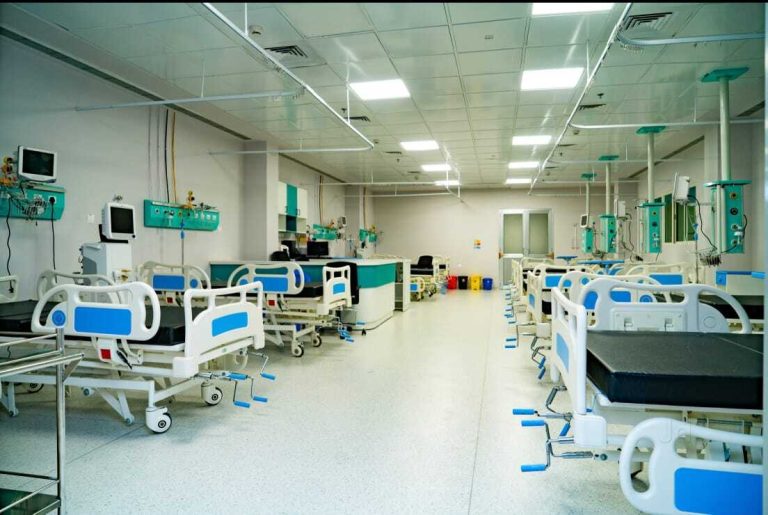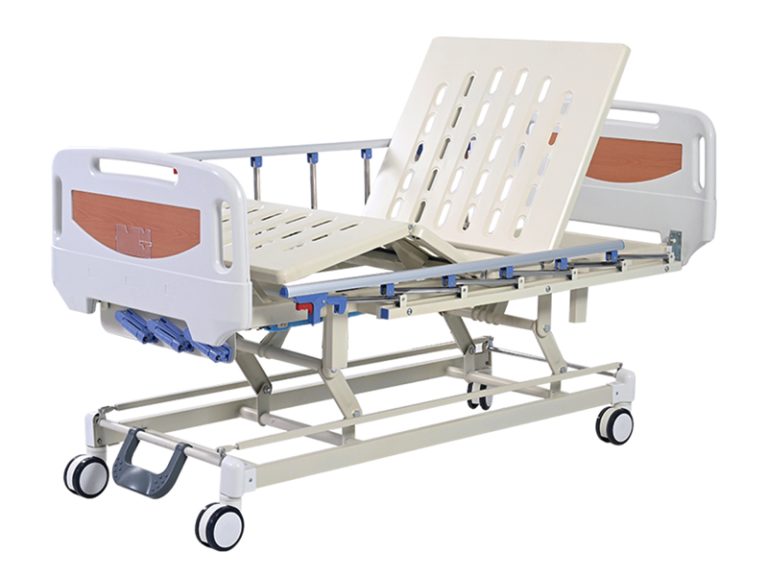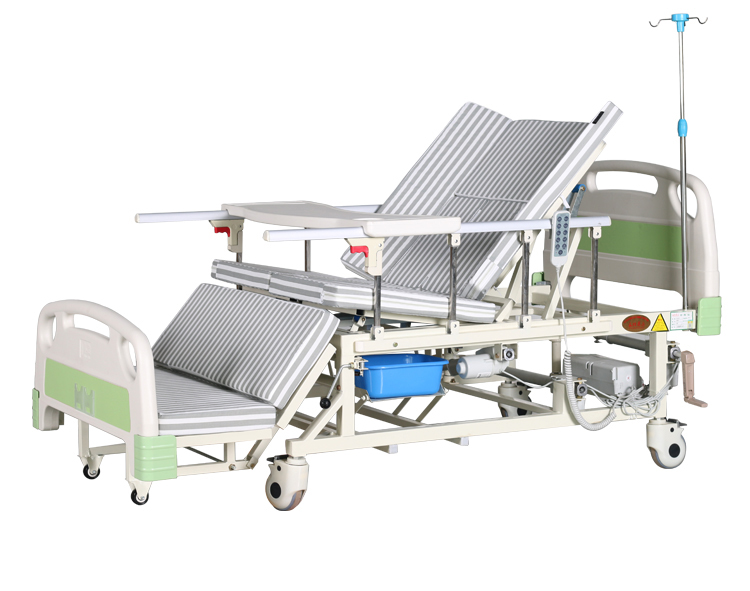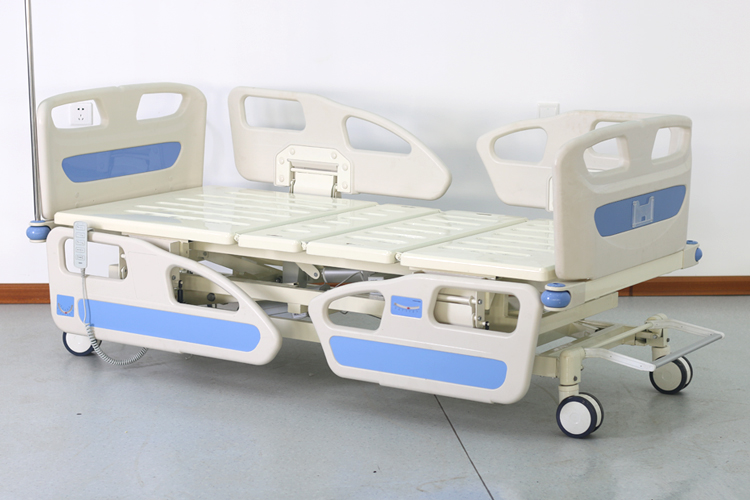🏥 Flat Plate Hospital Bed with Guardrail
When it comes to healthcare facilities, the right equipment can make all the difference in…
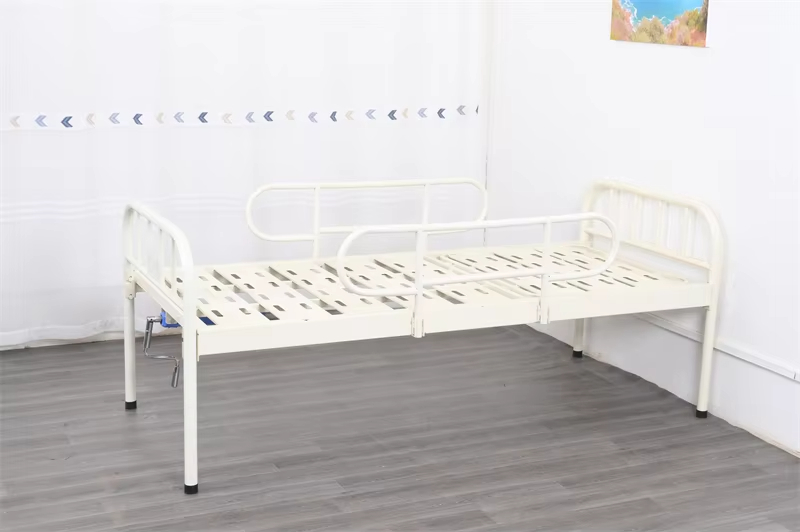
When it comes to healthcare facilities, the right equipment can make all the difference in patient safety and care efficiency. Medical stainless steel flat Plate beds stand as a cornerstone of reliable care—blending durability, hygiene, and functionality. But with countless options on the market, how do you choose the best one for hospitals, homes, or senior living communities? This guide breaks down everything you need to know.
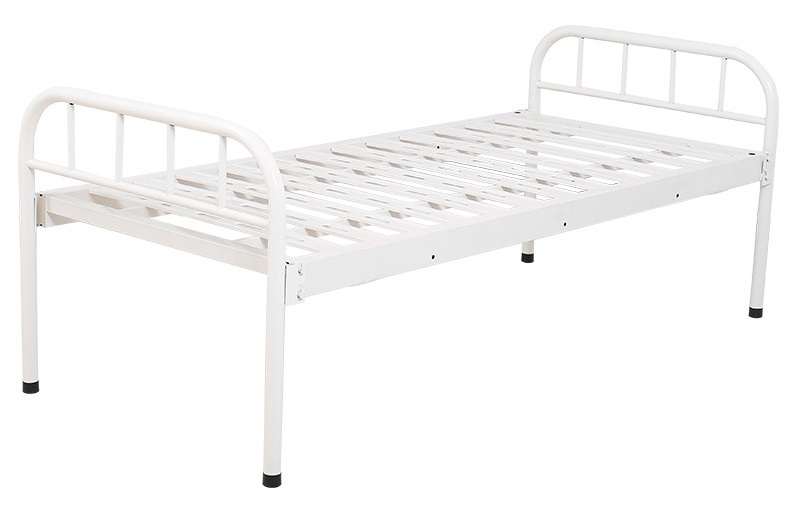
What Makes Medical Stainless Steel Flat Plate Beds a Healthcare Staple?
From busy hospital wards to quiet home care settings, these beds earn their place for a simple reason: they’re built to perform where it matters most. Let’s start with the basics.
Core Features: Beyond Just a Bed Frame
What sets medical stainless steel flat Plate beds apart? It’s all in the details.•
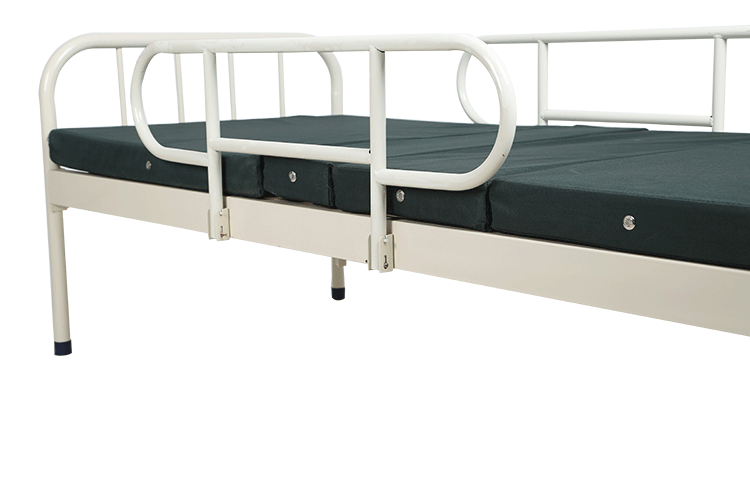
Guardrails: Safety First
Removable full or half-side guardrails—designed with ergonomic heights—prevent accidental falls, a critical feature for patients with limited mobility. Think of them as the “safety net” in busy nursing units, much like how big-box stores like Costco prioritize aisle safety with clear pathways.•
IV Pole Compatibility
Pre-drilled holes in all four corners mean quick, secure IV pole setup—no last-minute scrambling during emergencies. It’s the healthcare equivalent of a “Target run” for essentials: efficient, reliable, and always ready.•
Locking Casters: Mobility Meets Stability
360-degree swivel casters glide smoothly for easy patient transfers, while robust brakes lock firmly in place. It’s a balance that matters—like how a well-designed shopping cart moves freely but stops on a dime.
Optional Add-Ons: Tailoring to Your Needs
Not all care settings are the same. That’s why customization matters:•
Bedpan Access Ports
A game-changer for home care or long-term facilities, these ports reduce patient movement, lowering injury risks. Perfect for seniors or post-surgery recovery.•
Enhanced Guardrail Designs
Half-side rails strike a balance: they keep patients safe while making it easier for caregivers to assist with daily tasks, from adjusting pillows to helping with meals.
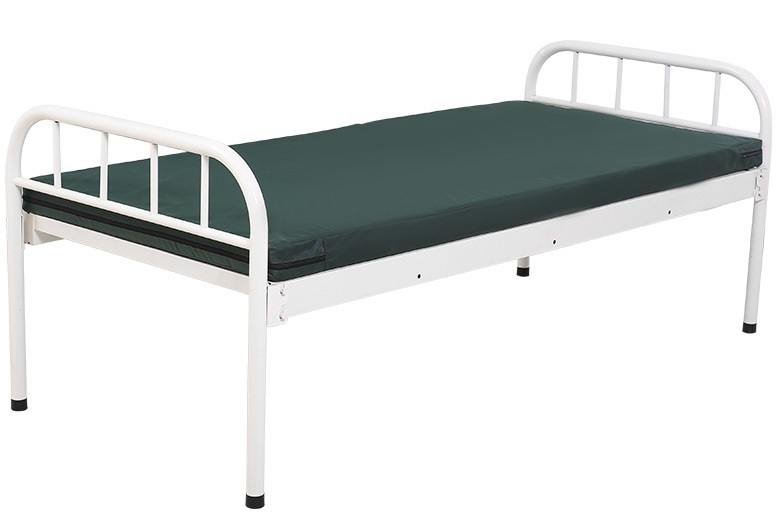
Key Specs: What to Check Before You Buy
Numbers matter—especially when it comes to patient safety.•
Dimensions That Fit
Standard sizes range from 1900×900×500mm to 2000×900×530mm. Measure your space first: a hospital ward might need the full length, while a home bedroom could require a slimmer profile to fit through doorways (typically 800-900mm wide).•
Weight Capacity: No Compromises
Look for beds rated to hold ≥240kg. This isn’t just a number—it’s a guarantee that the bed can safely support patients of all sizes, from children to adults, without structural strain.•
Material: Why 304 Stainless Steel Reigns Supreme
304 stainless steel is non-negotiable. It resists corrosion, stands up to frequent cleaning, and meets global healthcare standards (think WHO’s guidelines for medical equipment hygiene). Run your hand over the surface—no weld scars or scratches allowed.
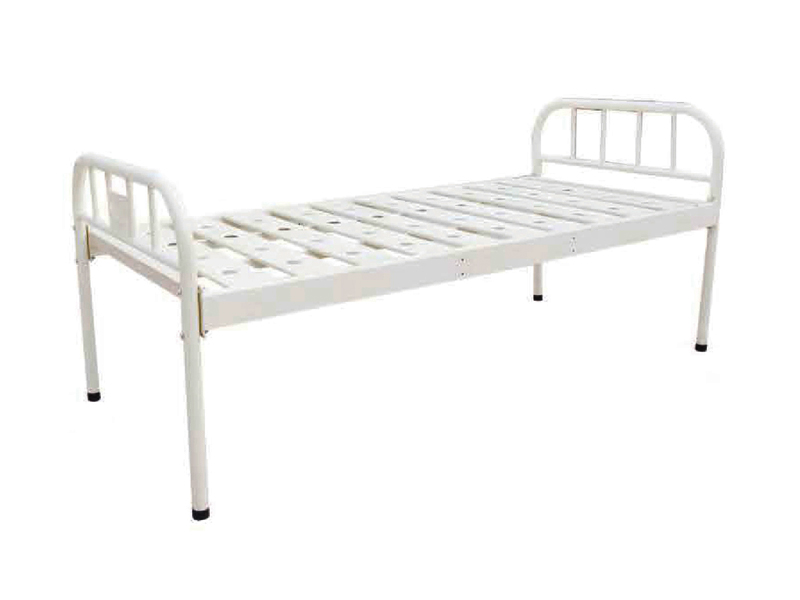
Cleaning & Maintenance: Keeping Beds in Top Shape
A bed is only as reliable as its upkeep. Here’s how to make it last:•
Daily Wiping Routine
Use a mild, neutral detergent and a soft cloth to wipe down surfaces—avoid abrasive cleaners that scratch stainless steel (they’re like using steel wool on a non-stick pan: bad news). Pay extra attention to crevices with a soft-bristled brush to banish hidden grime.•
Weekly Inspections
Check for loose screws, wobbly frames, or sticky casters. Tighten connections as needed, and test brakes thoroughly—if they don’t lock 100%, replace them immediately.•
Rust Prevention
Even 304 steel needs care. Spot a rust spot? Treat it with a stainless steel cleaner, then apply a thin layer of防锈油 (rust-preventive oil) to seal the surface. And keep the area ventilated—moisture is the enemy, just like how basements need dehumidifiers to avoid mold.
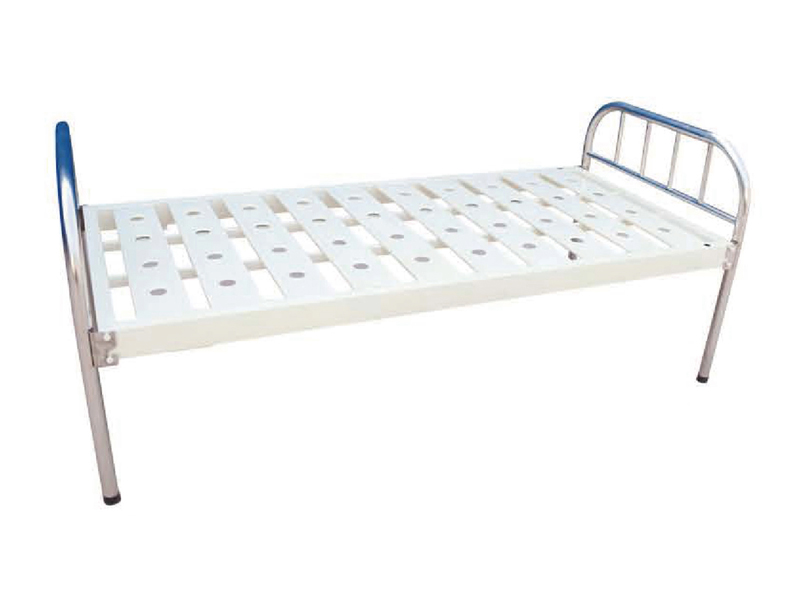
Who Needs These Beds?
Stainless steel flat Plate beds aren’t one-size-fits-all—they’re a workhorse across settings:•
Hospitals
Ideal for stable patients needing basic care. Their durability handles 24/7 use, while easy cleaning aligns with strict infection control protocols.•
Rehab Centers
Doubles as a rest spot and a base for light therapy exercises, thanks to sturdy frames and easy mobility.•
Nursing Homes
Fits seamlessly into daily routines, from morning care to nighttime checks, with features that simplify caregiver tasks.•
Home Care
A safe haven for post-surgery recovery or long-term care, especially with add-ons like bedpan ports and half rails.

Buying Guide: 5 Must-Ask Questions
Don’t settle for guesswork. Use this checklist:1
Is the steel grade verified?
Insist on 304 stainless steel—ask for material certificates.2
Does it meet global standards?
Look for ISO 9001 and CE certifications, the gold standard for medical equipment, just like how trusted brands like Medline or Hill-Rom prioritize compliance.3
Will it fit my space?
Measure doorways, hallways, and room dimensions before ordering. A bed that’s too big is as useless as a cart stuck in a store aisle.4
What’s included in the warranty?
Aim for at least a 2-year warranty covering frame defects and caster issues.5
Can I add features later?
Some models let you upgrade guardrails or add ports down the line—flexibility that pays off as needs change.
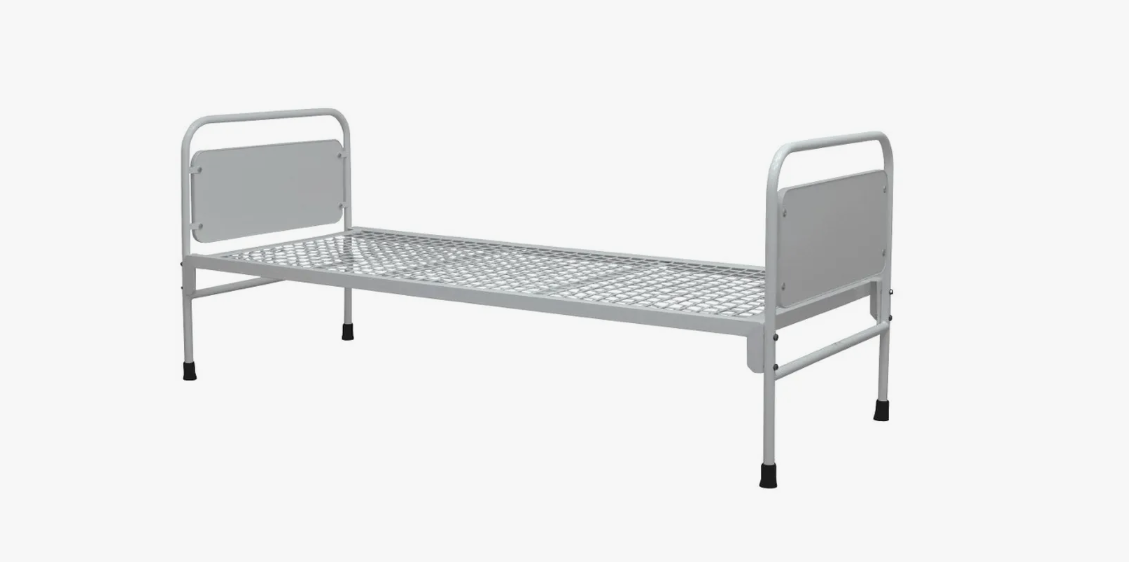
Final Thoughts: Why Quality Matters
A medical bed isn’t just furniture—it’s a critical tool in patient care. Its stainless steel build ensures longevity, while thoughtful features reduce caregiver stress and keep patients safe. Whether you’re outfitting a hospital wing or setting up a home care space, the right bed checks all boxes: durable, functional, and tailored to your needs.
Ready to choose? Start with the specs, prioritize safety certifications, and never skimp on material quality. Your patients (and staff) will thank you.

